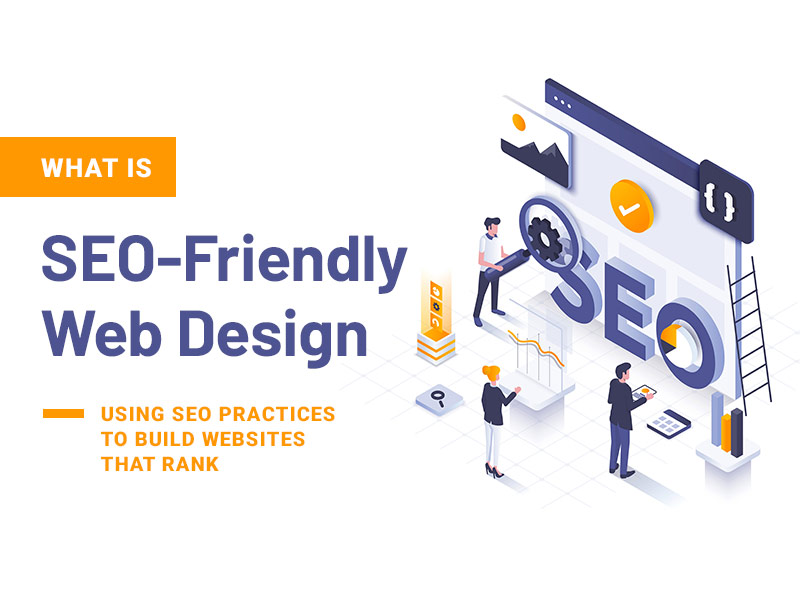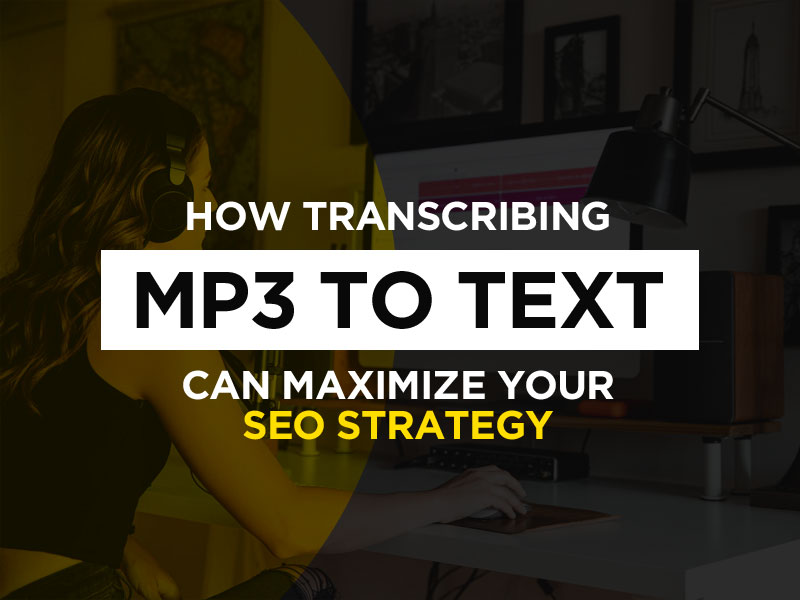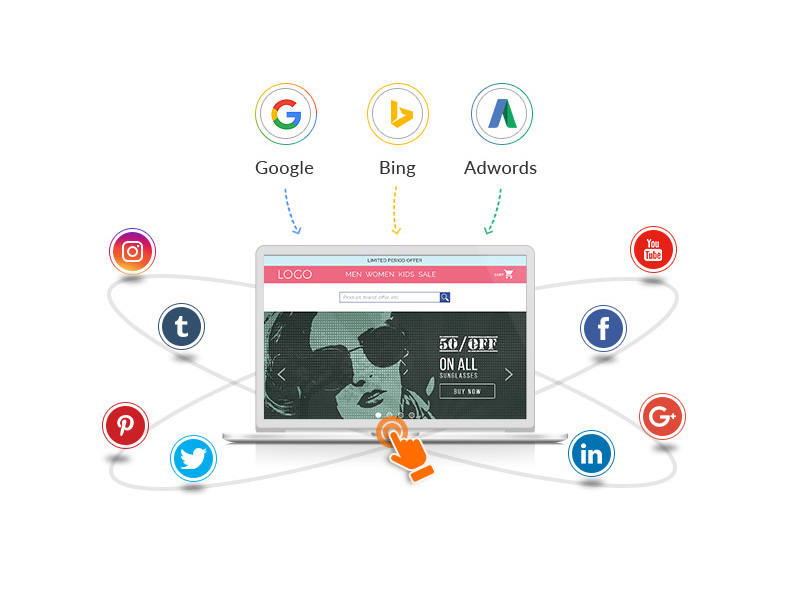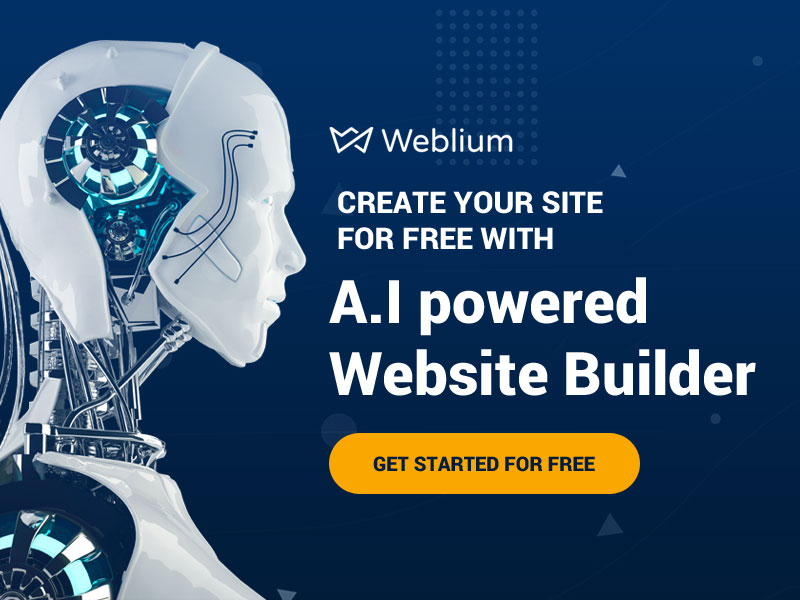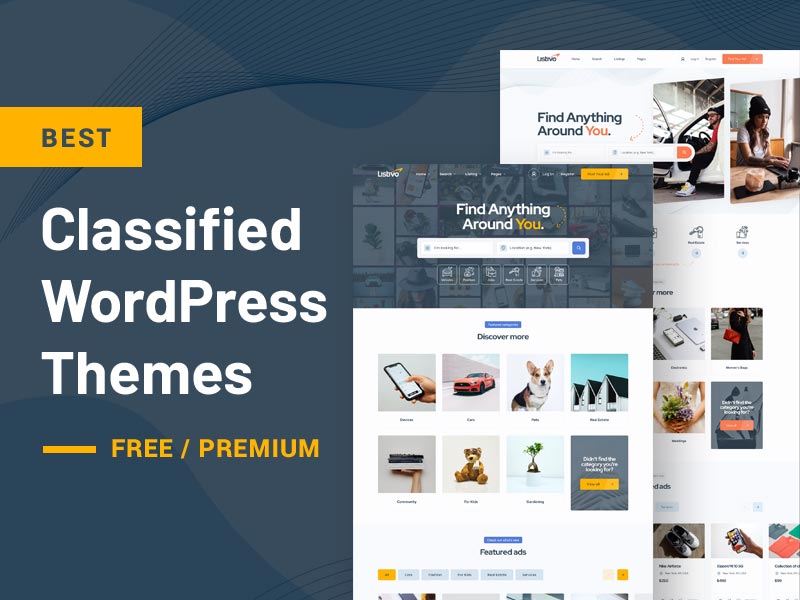Do you know how to make sure that your website is designed in a way that helps you rank higher on search engines? It’s called SEO-friendly web design. If you want your site to come up when people search for keywords related to what you have to offer, then your web design must incorporate certain considerations and strategies from an SEO point of view. In this article, we’ll talk about eight areas where you should focus if you want an optimized website for better ranking on the SERPs. From the use of canonical tags to page speed optimization, read on to find out helpful for designing a high-ranking site!
What is SEO Web Design Exactly?
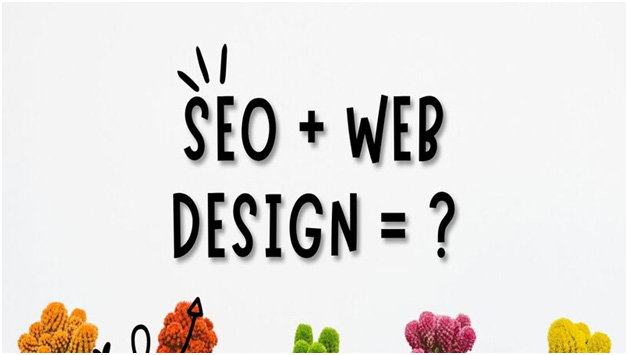
SEO web design aims to maximize the visibility of your website within search engine results. By leveraging key code elements and content components, SEO-friendly websites offer a higher chance of appearing nearer the top of relevant searches. This is important since most Internet users never scroll beyond the first two pages of search results.
Therefore, investing in designing s website in an SEO-friendly manner offers businesses and organizations a significantly greater chance of being found online. Additionally, an effective SEO plan can help increase website traffic and improve overall brand visibility. Here are five concrete benefits involved:
- It optimizes sites for users, helping them find what they need faster.
- It increases searchability on major search engines like Google.
- It aids in branded competitive positioning.
- It elevates website speed performance.
- It creates a better user experience with content relevance and easier navigation.
In this manner, organizations seeking business growth should seriously consider investing in the practice of designing websites for SEO to improve their online presence.
8 Considerations for Building SEO-Friendly Web Design
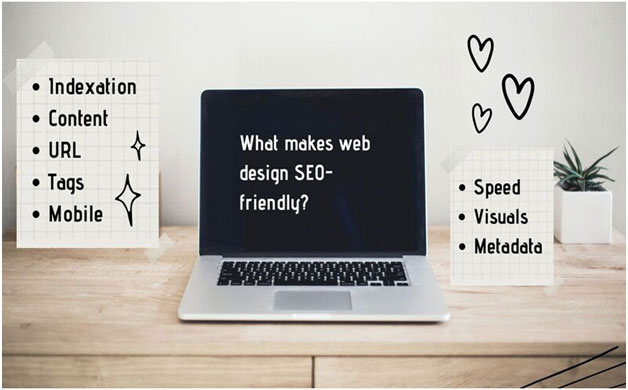
Proper SEO can help your website reach its maximum potential and increase visibility within a competitive market. To ensure success in finding the right balance between visual appeal and technical correctness, here are eight considerations to bear in mind!
#1 Indexation on the whole
Creating a website that is optimized for search engine indexation is an essential element of developing an effective online presence. When it comes to ensuring a website is easily indexed by search engine crawlers, there are several key considerations to keep in mind.
For example, seeing to it that the website utilizes structured internal linking and has metadata included on each page can prove particularly helpful in utilizing proper indexing. Keeping page loading speed in check while utilizing clean HTML codes can also result in favorable indexation results. Following these steps will ensure your website will be ranked higher in search engine results pages.
#2 Unique content
When designing a website for SEO success, it is essential to strategize for unique content. Beyond keywords, phrases, and phrase structure to maximize SEO-effectiveness, website content cannot be source-repeated from other sites or low quality.
Instead, focus on powerful images, cool videos (use youtube rank tracker tools for ideas), dynamic colors and textures, intelligent sourcing, and custom original text to ensure that visitors engage with the content tailored specifically to your site. Attention should also be given to ensuring grammar and punctuation accuracy when creating pages of fresh content. A combination of these elements will aid in driving more traffic as well as achieving higher rankings.
#3 URL structure
A proper URL structure is essential for website optimization as it informs search engines of the contents and structure of your site. All URLs should be properly formed, readable, and preferably short. Furthermore, the use of SEO keywords in the URLs should be carefully considered to ensure that users get relevant content when searching online. It can be helpful to use a ranktracker tool to find out which keywords are best for your purposes.
Additionally, all pages should be accessible through a logical directory structure, so users can easily relocate information on other parts of the site. Incorporating these into the design of your website can make all the difference in search engine rankings.
#4 Canonical tags
Another critical aspect of designing an SEO-friendly website is incorporating canonical tags into the content. The purpose of this SEO element typically involves informing search engines which version of a URL to index when it appears in multiple locations.
The use of canonical tags can help enhance ranking opportunities, simplify maintenance tasks, and reduce various duplicate content issues. By taking advantage of the full potential of canonical tags, you can create an effective website that enhances organic visibility and drives more usable and relevant results.
#5 Mobile optimization
The prevalence of mobile Internet usage has made it essential to consider mobile optimization when designing websites. Mobile browsing is so widespread that ineffective optimization can destabilize a website’s visibility on search engines and drastically limit the chances of driving traffic through organic search.
Planning for fluid layouts, smaller images, and ergonomic navigation menus ensures an appealing user interface. The latter, in turn, makes it easy to find information which increases the likelihood that visitors remain long enough to convert.
#6 Page speed
When designing websites, it is essential to maximize page loading times, enabling users to access information quickly and efficiently. This requires careful consideration when structuring layout and content design, sourcing images and other multimedia content, optimizing coding processes as well as evaluating hosting options.
In other words, the website visitor experience should always be prioritized for SEO-friendliness, ensuring smooth navigation through pages with minimal loading time. The failure to address page speeds could result in an unnecessarily cumbersome browsing process, diminishing overall user engagement and hindering search engine indexing capabilities.
#7 Attractive visuals
Besides, it is essential to use eye-catching visuals when constructing SEO-friendly websites. Not only do high-quality graphics help visitors engage more with the content and keep them coming back, but they also aid by significantly improving a website’s search engine visibility.
It’s further advised to create descriptive ALT tags that summarize the visual and to integrate core keywords into them as it helps optimize search engine ranking. All these strategies contribute to creating an outstanding user experience, which should be the ultimate goal for your project.
#8 Metadata
Last but not least, when constructing an SEO-friendly website design, it is essential to have good metadata. The latter is information that helps search engine algorithms accurately identify what a web page or its content is about. This significantly increases the visibility of the website and the size of potential audiences.
Metadata should include relevant titles and descriptions as this is how search engines typically display results. It should also use appropriate keywords which help search engines index pages more accurately.
Mistakes to Avoid When Building SEO-Friendly Web Design

As you could already see, building an SEO-friendly website can be a challenging task. Using the wrong techniques and ignoring certain core aspects can lead to decreased search engine optimization. Here are several common mistakes that should be avoided when designing a website for SEO.
Mistake #1: The failure to compress images
When it comes to creating a website that is optimized for organic search traffic, image sizing and quality can make all the difference. The larger an image is, the longer it will take to load on a user’s computer or device. Slow loading time, in turn, reduces both user engagement and search engine rankings. This is why designers should always seek out the lowest possible file size of any photo while still maintaining decent quality.
Mistake #2: Poor quality of the content or low readability
Filling a page with a large number of words, without taking into account their readability and relevance to your business, may be counterproductive. Poor quality content can make a website seem unprofessional and unreliable, leading potential customers or readers away from the page. An SEO-friendly design must, therefore, be complemented with coherent, interesting, and well-written content that captivates customers while allowing search engines to recognize it as valuable information.
Mistake #3: Core HTML elements are replaced with images
When constructing an SEO-friendly website, it is essential to avoid replacing core HTML elements with images. Not only is this time-consuming, as images must be edited and savvily coded into the website, but the text within images cannot be indexed by search engine bots. This can lead to pages being less visible on search engines and ultimately discourage visitors from clicking through to your website.
Mistake #4: The menu is too sophisticated
When creating SEO-friendly web designs, it is important to avoid making the menu convoluted. Simplicity is key as overly complex menus can make it difficult for users to find the desired content. Additionally, search engine robots may struggle to comprehend and index components of the site if the menu is too intricate. As such, simpler menus that are easy for both humans and machines to understand should always be preferred when designing SEO-friendly websites.
Choosing Strong Web Design Tools
Choosing the right web design tools can be an overwhelming task for anyone, given the multitude of options available. To narrow down your search, here are a few key points to keep in mind:
- Consider how complex your site needs to be and which platform best suits your business. You should evaluate software scalability and make sure that your chosen tools will serve any potential future needs.
- Prioritize ease of use and ensure that the platforms you select are user-friendly.
- Cost is another important factor: depending on whether you’re partnering with a team or using a one-time payment model, investigate which aspect works better for you.
- Always use a tool that has prior approval from customers. It is preferable to get feedback from those who have used the instrument with the same web design goals as yours.
Bonus Ideas For Drawing Inspiration For Your Project
Looking for ideas for your next SEO-friendly web design project? Consider these unconventional sources of inspiration!
#1 Modern Art
Modern art can be a great source of inspiration for web design projects. By taking the ideas and techniques of modern artists such as Pollock, Richter, Sherman, and the like, web designers can develop innovative designs that greatly improve user experience.
As you turn to this source of inspiration, you gain valuable insight into how to incorporate color and texture, alignment and pattern, line, shape, and form into your designs. Additionally, modern art provides an opportunity for experimentation with concepts such as scale and negative space. This can lead to unique layouts with unexpected visual elements that are sure to amaze your visitors.
#2 Meme culture
Utilizing meme culture as a source of inspiration for your web design project can be a surprisingly effective way to create an engaging and entertaining user experience. While memes may not immediately seem like the most obvious starting point, taking the time to explore this ever-evolving medium can provide usable results. Exploring existing meme formats, or creating personalized, branded content that speaks to users in a visually engaging way is bound to elicit positive reactions.
Furthermore, utilizing meme culture can grant designers the opportunity to include humor and social commentary that serves as an extension of their overall visual identity. The possibilities of using meme culture for web design projects are nearly endless, waiting for inspired professionals to take advantage of this unique opportunity.
#3 Nature
Drawing from nature for inspiration when designing web pages is an invaluable resource. The natural world offers a virtually infinite variety of shapes and structures, textures and colors that can be adapted to help create visually pleasing websites. Incorporating abstract elements such as curves, lines, and biomorphic shapes into the design facilitates effective transitions between sections of content.
On a more tangible level, indirect representations of natural objects such as landscapes and plants can provide subtlety and depth to the overall look of the site. Allowing nature to guide your creativity can ensure that your projects have an organic feel which will open up a wealth of possibilities for exploration.
Final Thoughts
In a nutshell, SEO-friendly web design is widely seen as best practice that should become part of your workflow if it’s not already. Not only will you reap the rewards in terms of better visibility, but you’ll also be showing respect to your users — which can only be a good thing! So make use of solid software and check different sources for inspiration to turn your next project into an absolute belter!
